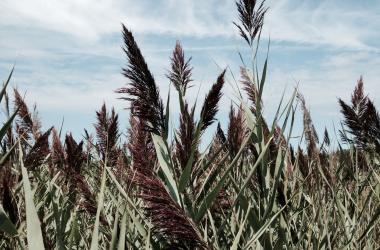Humanity has touched nearly every place on Earth. Very little land exists that could be called pristine. Even the so-called “virgin forests” Europeans encountered when they settled in America had felt the influence of Native American land use for millennia. Ecologists today attempt to understand these changes—and uncover how to best manage the land so people and nature can coexist sustainably.
Land use includes everything from growing corn and raising poultry to building shopping malls and skyscrapers. Even after a major activity stops, its impacts can be felt for decades or centuries afterward. Intense farming can transform the landscape through erosion. A forest, once logged, may not grow back to its original condition. The new forest may contain a different mix of plants and animals than the first one.
The impacts of land use do not stop at the shoreline. Materials from land make their way into streams, rivers, estuaries and eventually the ocean. A watershed is the total land area that drains into a particular body of water. Everyone belongs to a watershed somewhere, and even activities thousands of miles from the coast can impact life in the water. The Chesapeake Bay watershed covers more than 64,000 square miles in six states and the District of Columbia.
SERC scientists study how land use affects the environment in the Chesapeake Bay region and around the world. They trace the journeys nutrients and other materials take from land to water, and they study the impacts of different land uses on both terrestrial and aquatic life. In the process, they’ve not only discovered activities on land that can damage the environment, but also activities that can help restore it.







